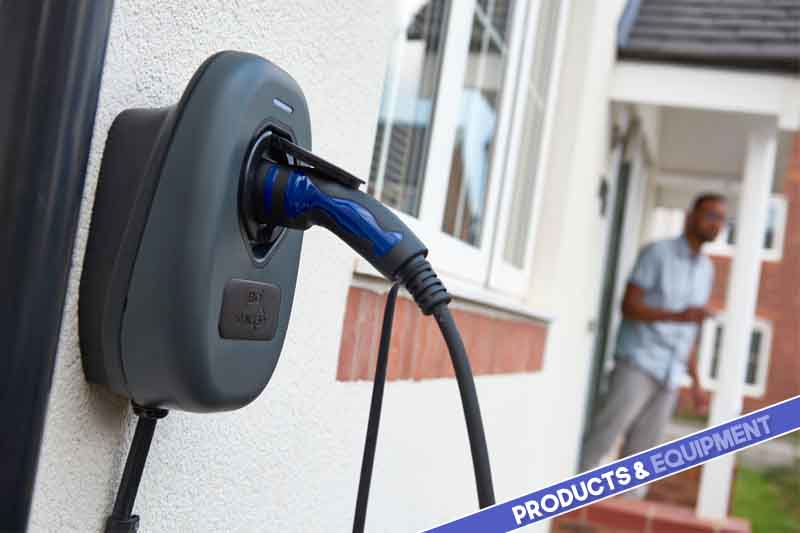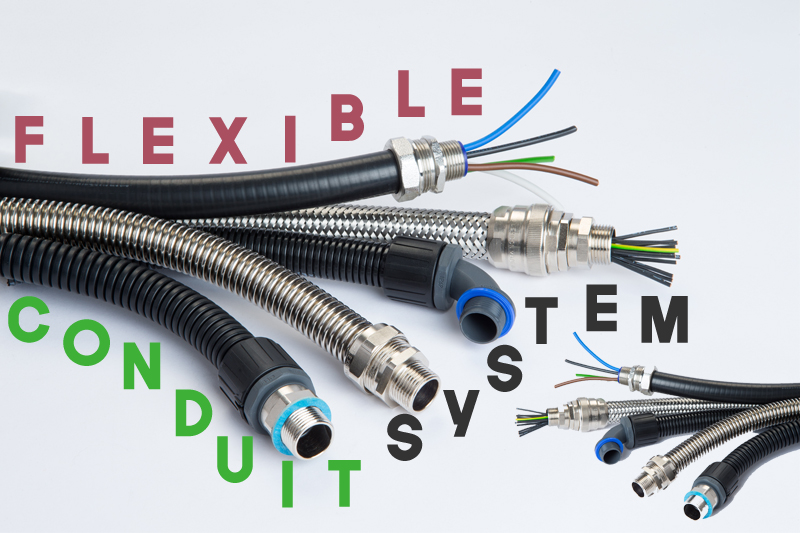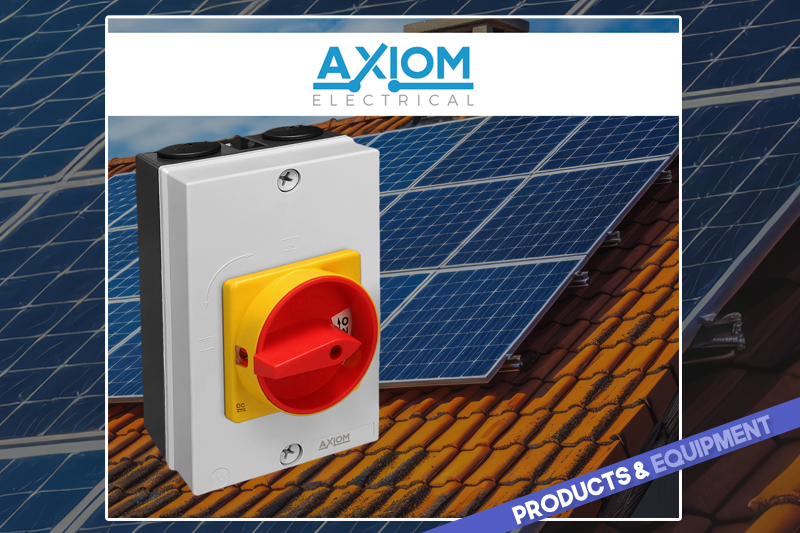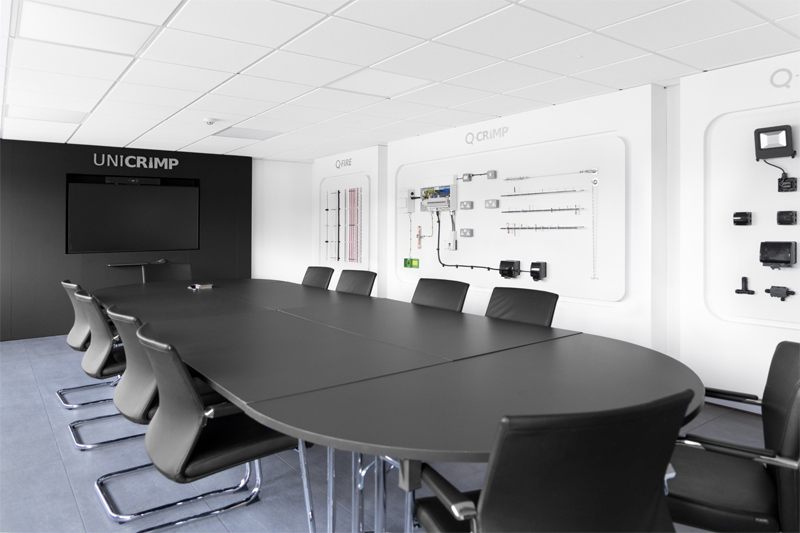Photovoltaic (PV) power is undergoing a major upswing in popularity, but without proficiency with a smart energy management system (SEMS), installers and homeowners could miss out on some of the benefits of solar. Eugene Lucarelli, Marketing Manager at GoodWe UK, takes a closer look.
In all residential solar PV systems, there are two main components: the panel array and the inverter. The solar panels are made up of a number of photovoltaic cells that absorb sunlight as DC current while the solar inverter converts that into a form of electricity that can be used in the premises – AC current.
But, along with panels and inverters, there’s also the smart energy management system (SEMS) – an important tool that can help users make the most out of their systems and better understand the benefits of solar energy.
What is a smart energy management system (SEMS)?
SEMS are relatively new and many solar customers aren’t yet fully benefitting from them. As the industry matures and more companies offer energy management systems, it will be important for installers to be able to offer guidance on how to use them so homeowners can make the most of their investment.
In basic terms, SEMS is the control system installed within a solar setup. Most SEMS are now available as a phone or tablet App, making it possible to monitor, regulate and manage the power generated ‘on the go’. These energy management systems allow homeowners to track the performance of their systems and make adjustments to maximise available energy.
In practice, this might mean using power-hungry devices like dishwashers and tumble-dryers in the middle of the day when sunlight is in abundance, rather than early-morning or overnight hours which is often recommended for appliances reliant on the grid. Along with efficient practices, SEMS provide notifications about errors and warnings, making them critical to ensuring PV equipment is performing at its peak at all times.
Accurate forecasting
Without an energy management system, it can be difficult to track how much energy is generated and consumed which can lead to missed opportunities for maximising the energy and economic efficiency of solar equipment. It can also make planning for installations of additional solar arrays difficult as less data is available for accurate projections.
On the other hand, an effective energy management system provides an intuitive user interface, simplifying the key information users need to know about their solar setup.
By displaying real-time production and consumption figures on an easy-to-read display, SEMS makes it easy to monitor energy usage and identify any problems as they arise. It also means that a system’s performance can be tracked over time to identify energy harvesting and expenditure patterns and capitalise on opportunities to improve efficiency.
Additional advantages
While day-to-day use of an energy management system offers advantages to solar users, there are other common situations that a system like this can help to improve.
Many people still don’t realise that solar panels can generate electricity on cloudy days. In these cases, SEMS can help homeowners understand the benefits of solar energy by showing them how much electricity their panels are harvesting, even when the weather is overcast.
Some electronic devices use significant energy when they’re not being used, especially if they’re faulty. Fortunately, an energy management system can help solve this problem by allowing users to view the amount of electricity being consumed in real time.
While some solar systems allow for people to be entirely ‘off-grid’, most residential installations still use a small amount of grid-provided power to ensure a household’s energy requirements are met, meaning they won’t lose power if they use more energy than they generate. With the high cost of electricity being a pressing concern for many, SEMS allow users to spot anomalies. If there is unusual power consumption – due to wiring that needs maintenance, for example – the user can identify the issue and have it resolved before needing to rely on the grid for their electricity.
For installers, SEMS offers the ability for them to monitor all the installations under their account, meaning they can remotely check for any issues and even remotely diagnose problems without having to visit the site. This can save a significant amount of time for installers and improve overall client satisfaction.
For more information, click here





